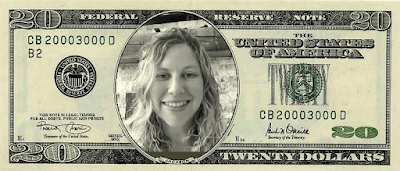Teaching financial literacy with a classroom economy can provide students with a memorable, real world experience. A classroom economy is an engaging tool to build into math talks. You can use it to assess learning skills, responsibility or character development. As a new-ish teacher I had been looking for a way to include all the above into my lessons. I’m going to walk you through how I began using a classroom economy and what tools I used.
This post contains affiliate links for which I will receive a small commision if you click through and make a purchase:
How I Taught Financial Literacy Using a Classroom Economy:
I was approaching my first full year substitute job with a lot of nervous excitement and was trying desperately to organize my ideas related to managing my classroom. Since I had a split grade class (grades 4 and 5), I figured that a good first step might be to give students jobs to do around the room. After a productive class meeting the first week, we had a list of jobs for everyone that we could rotate through each week. Jobs ranged from organizing our coats and boots to watering classroom plants. I wanted to add an incentive for the students to actually do their jobs so I decided I would pay them. Teaching financial literacy was important to me and I wanted to incorporate it into our classroom routine.
Using Fake Money:
I created a set of fake money using a website that allowed me to put my own face on pretty much any bill (see the samples below of both American and Canadian bills…there are other options on the site as well). The kids were interested right away and they thought the money with my face on it was hilarious. I started out paying the kids $100 each week. Five crisp twenty dollar bills handed to each student on Friday afternoon. The caveat was that I needed something for them to spend their money on.
How Students Develop a Deeper Understanding of Financial Literacy:
Teaching Financial Literacy with a Classroom Economy Continued:
The Downsides:
There were some other downsides to our classroom economy. We had a few instances early on of class wallets “disappearing”, only to have other students suddenly able to buy big ticket items from the classroom store. A class meeting with a stern warning curtailed that activity. Some students also seemed to find humor in other people’s lack of money. As a class there were lots of discussion about empathy, positive language, social justice, and mindfulness related to the issue. Several times people who had borrowed money from a friend, denied having done so. This lead to some interesting conversations about banking, charging interest, and the need to secure collateral. Those conversations were born out of the student’s inquiry.









nice